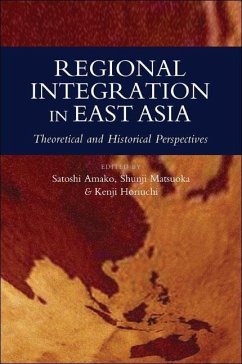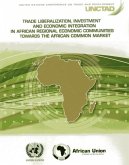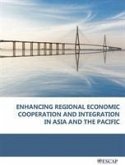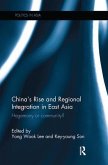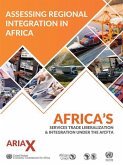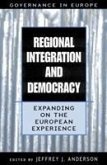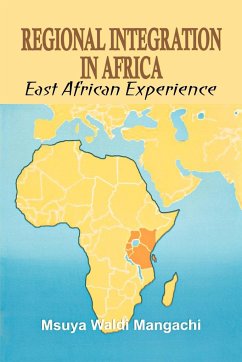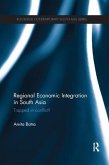Asian regional integration, which has shown remarkable progress since the end of the 1990s, is at a major crossroads. It faces confusion of and debate over the direction and effectiveness of integration as well as friction brought about by the rise of China. Meanwhile, the changing balance of power among nations, the rise of nonstate actors, the internationalization of internal problems, and the internalization of international problems are rendering the cross-national structure of Asia increasingly complex and multilayered. Signs of instability of the global economy are growing, and environmental and resource challenges are deepening. East Asia needs new approaches to understanding the state of regional integration and mechanisms to address the challenges. Regional Integration in East Asia is the culmination of five years of intensive research on Asian regional integration by Waseda University. It reexamines theoretical approaches to comprehending the actual state of integration in the region and presents the most compelling ones. It also examines the state of cooperation in Asia in areas ranging from the economy to energy and the environment, security, and education. In addition, the book offers long-term historical perspectives, including those of Japan, ASEAN, and China on Asian regional integration. Thus, it sheds light on diverse aspects, levels of analysis, and time spans and offers a comprehensive portrayal of the actual condition of Asia and the state of attempts to build regional cooperation and institutions. This volume will open a new research frontier in Asian regional integration research.
Hinweis: Dieser Artikel kann nur an eine deutsche Lieferadresse ausgeliefert werden.
Hinweis: Dieser Artikel kann nur an eine deutsche Lieferadresse ausgeliefert werden.

